You’ve done everything in your power to get traffic to your website: Search Engine Optimization (SEO), making sure your website is attractive, easy to navigate, and friendly to all the various platforms your target audience might use. But all that is so much wasted effort if you can’t get them off the first page.
If you have a bricks-and-mortar store, that might be all you want. “Here’s a picture of our store. Here’s our address and phone number, so be sure and stop by.” That’s fine. But if your goal is to entice them into your store, you’ll probably want them to click further to learn about your products. If you have a service-related business, again, you may only want to provide basic information on how to reach you, and if they stop at the first page, no problem.
But most people, whether they have a service business or a physical presence with a store, or whether their retail business is strictly online, will want to use their website to entice visitors to buy what they’re selling (called “conversion,” that is, to “convert” them from visitors to paying customers.) You goal may not even include actual sales, but information capture (usually, their email addresses). Either way, you’ll want them to take action once they arrive on your site.
Here are some tips we at 101 Management have developed for our clients.
- Don’t annoy visitors, especially first-timers
You’ve seen it a thousand times: You land on a website and a video starts playing (loud!), or a pop-up ad obscures your view of the information you’re trying to read, or it’s so overloaded with fancy graphics or content that it takes the page forever to load. Don’t you too often say, “Forget it. It’s not worth it,” and click away from the site? You have less than 10 seconds to capture their interest. Simple and easy is better.
- Make your website sticky
That is, make it a place people will want to hang around on and return to. Provide original content frequently (e.g., articles relating to what you sell, tips on your product or service), offer discussion boards that allow visitors to talk to you and each other, create a blog about what you sell and update it at least every other week, and ask your visitors to provide content, such as reviews, guides, and insight about your product or service.
- Analyze your visitors and their experience
First, check your website for usability regularly (once a week is best). Pretend you’re a first-time visitor. Does the page load quickly? Do any hyperlinks, tabs or pull-down menus you have work? Second, analyze your web traffic using one of the free online analytics tools such as Clicky or Google Analytics. These widgets provide valuable information that allow you to learn about the habits of your visitors, including whether they go beyond your homepage.
A website is a dynamic tool. You have to stay on top of it to ensure you’re getting the most out it. Please consult with our experts here at 101 Management, Inc., for insight, a website analysis, optimization ideas, or solutions to any problems you may be experiencing.

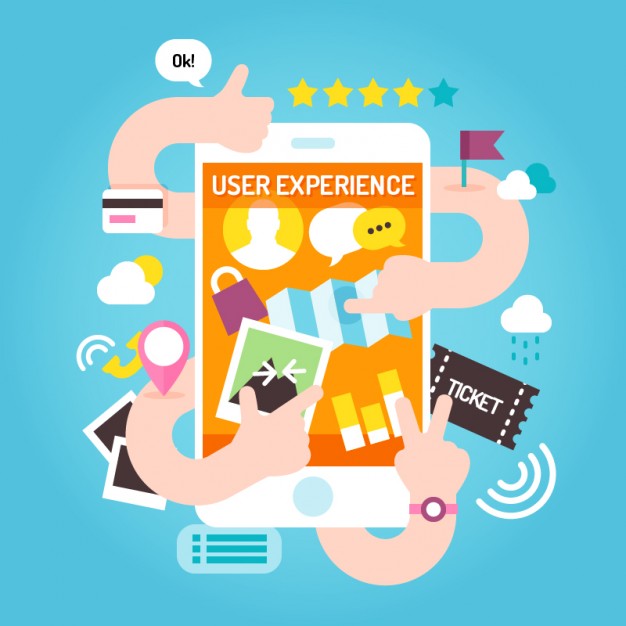
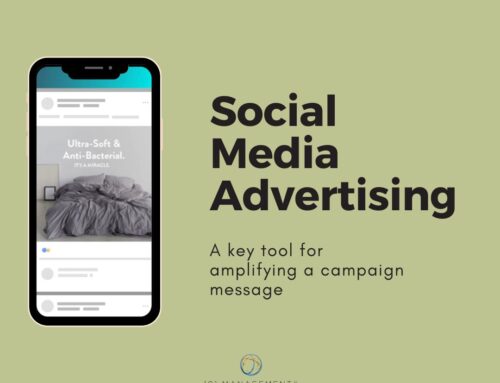
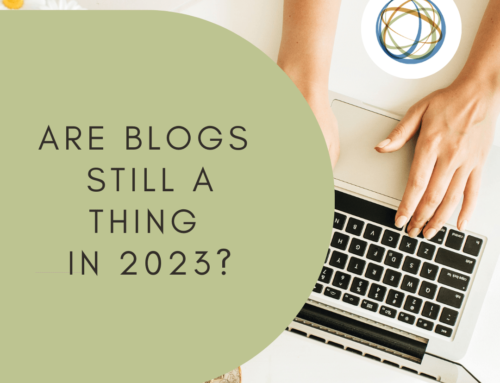
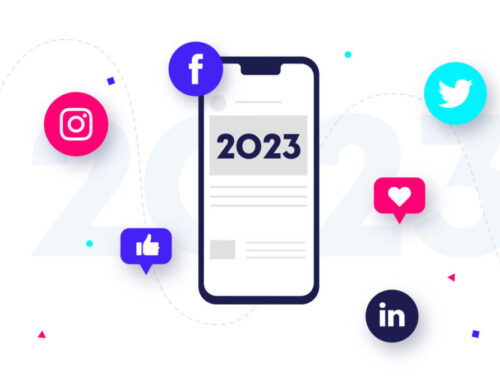

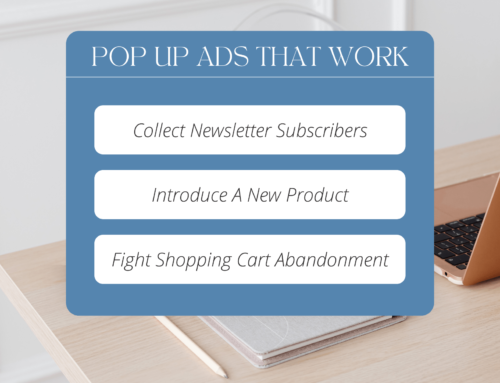


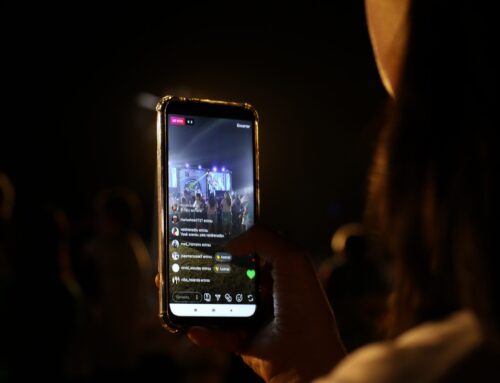
Leave A Comment